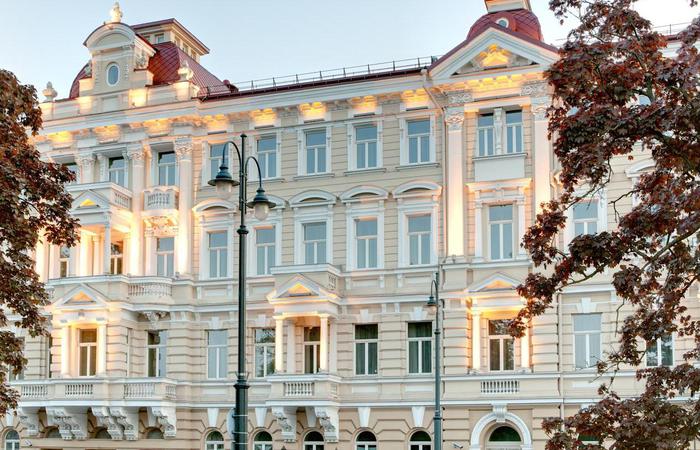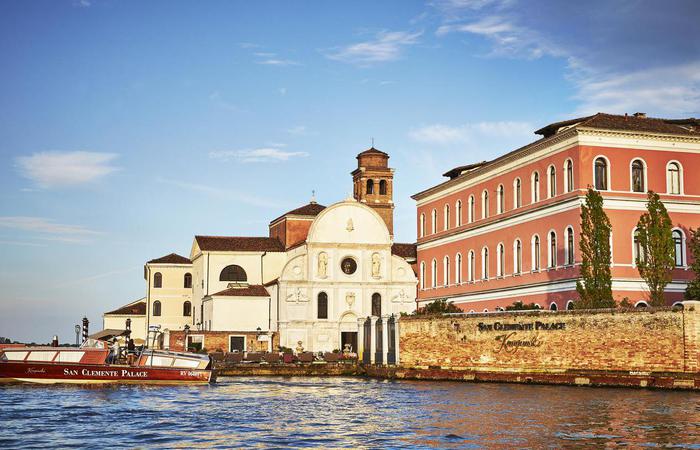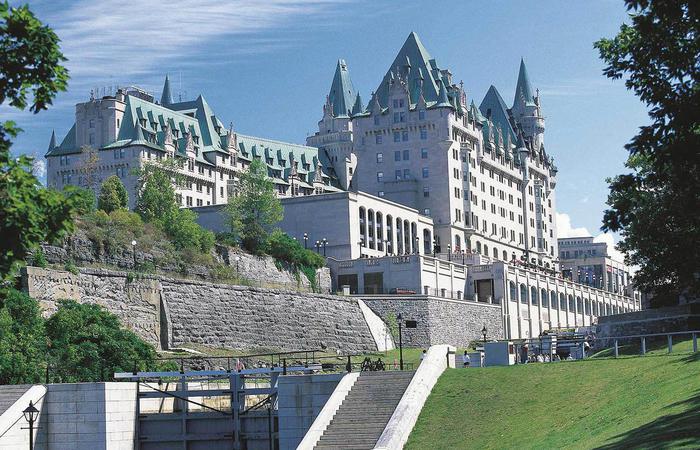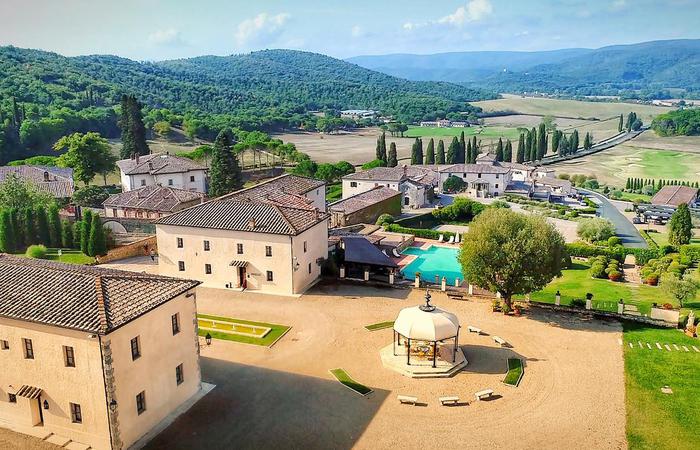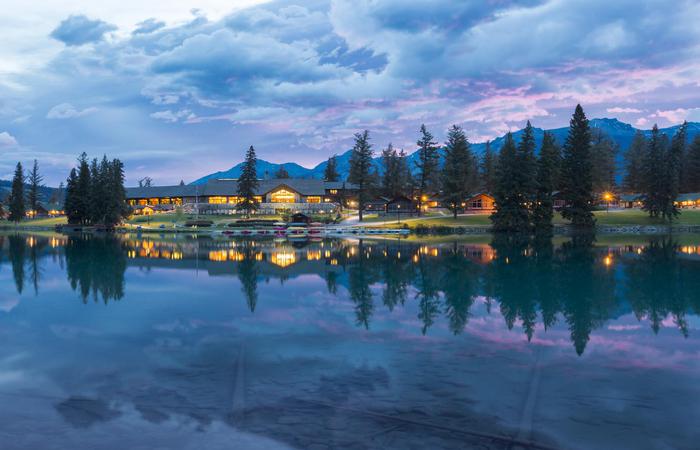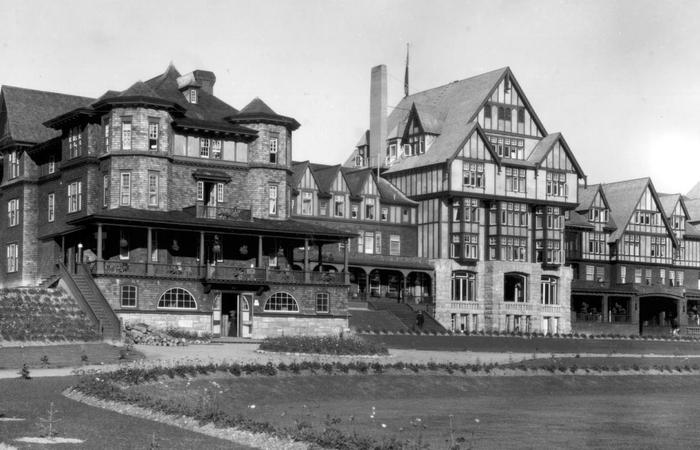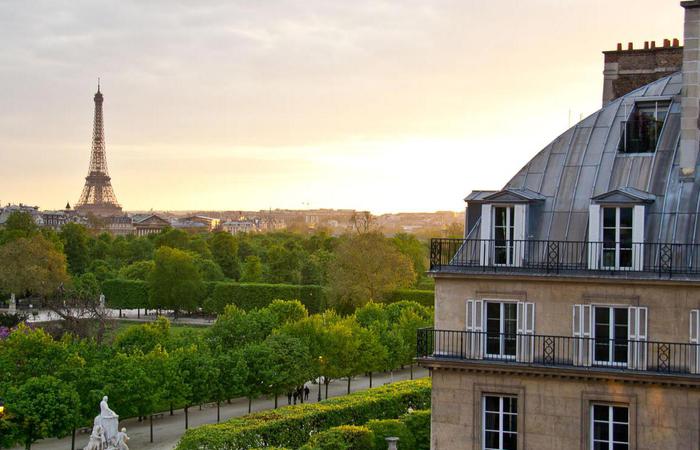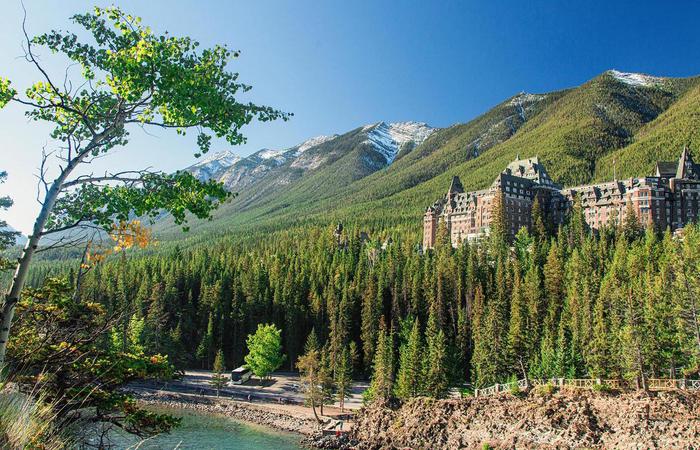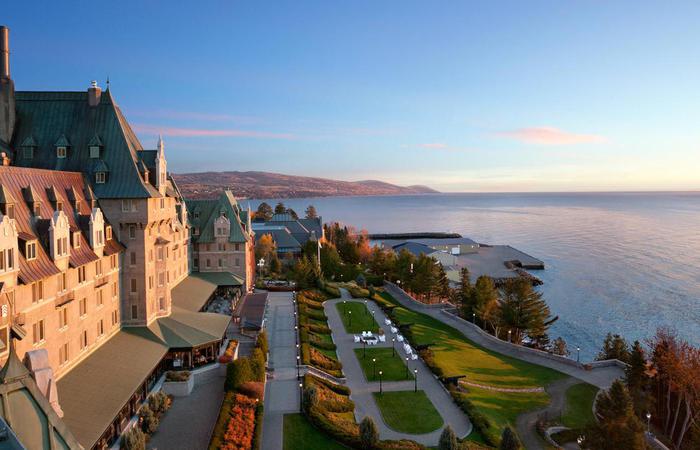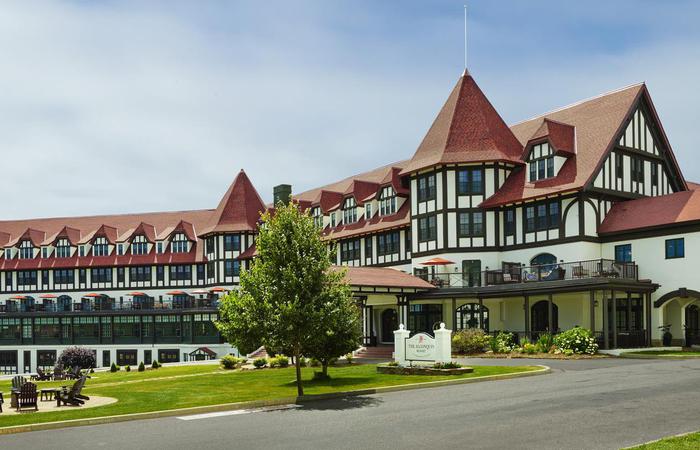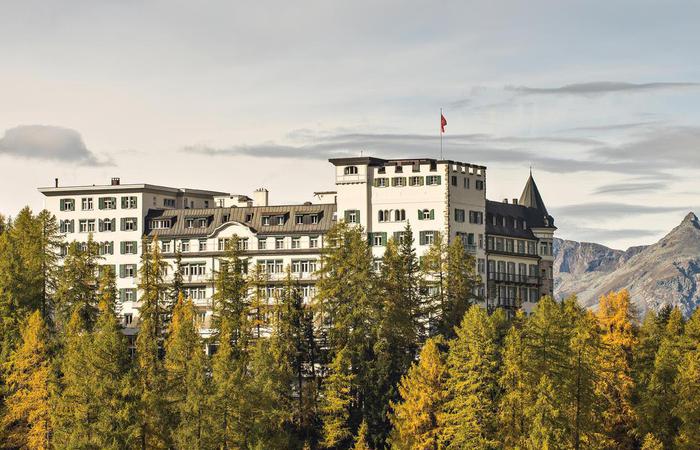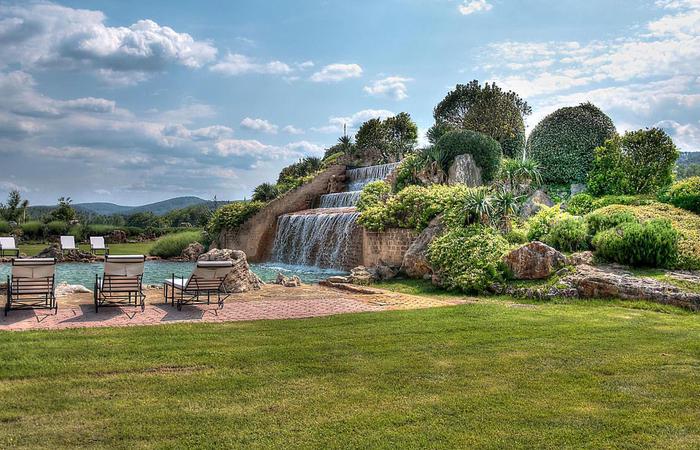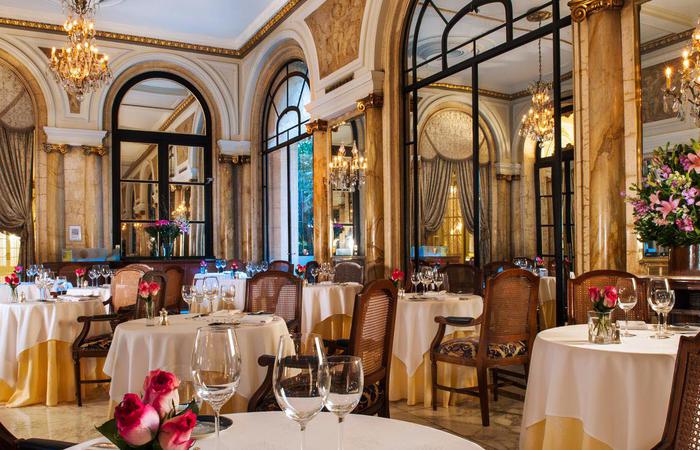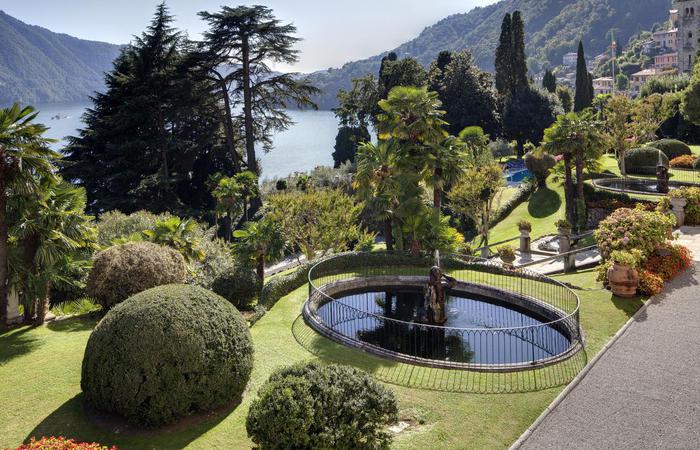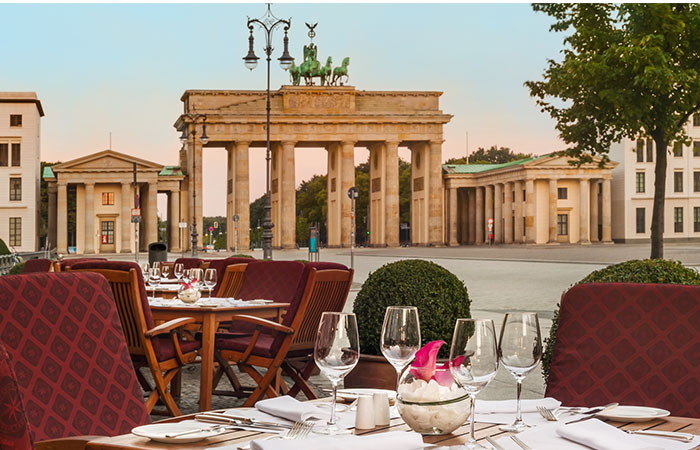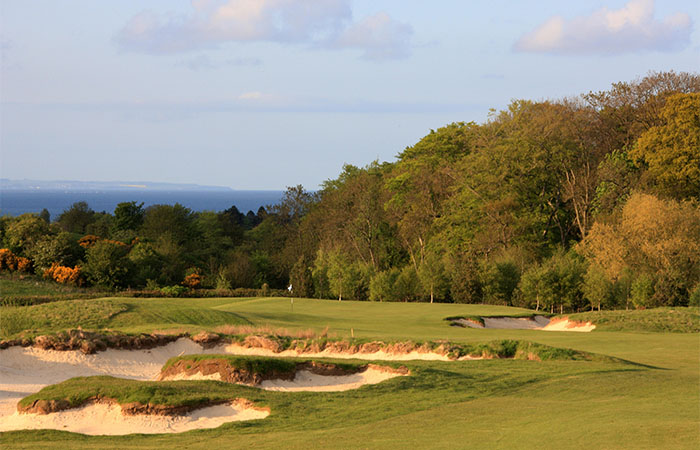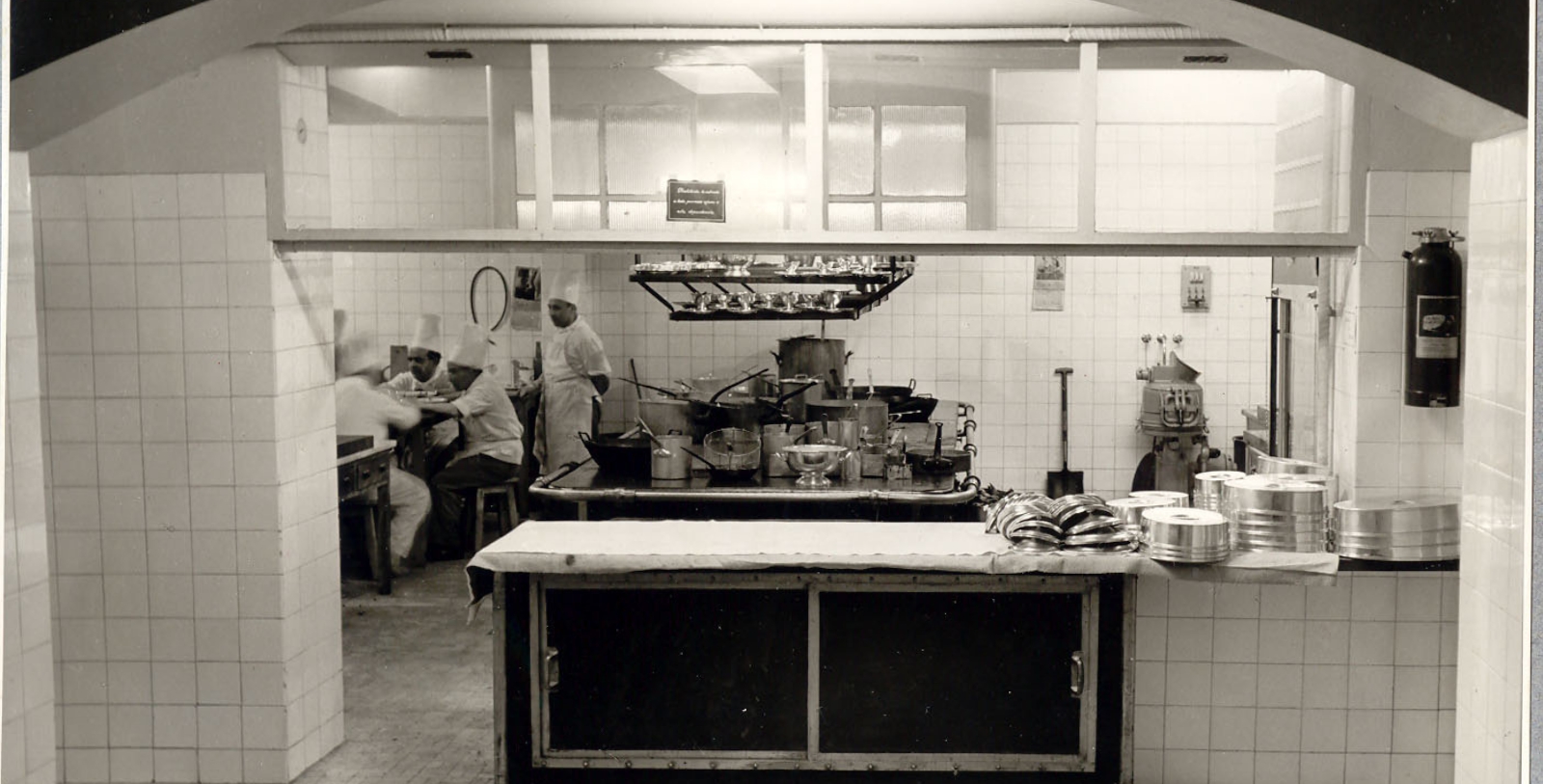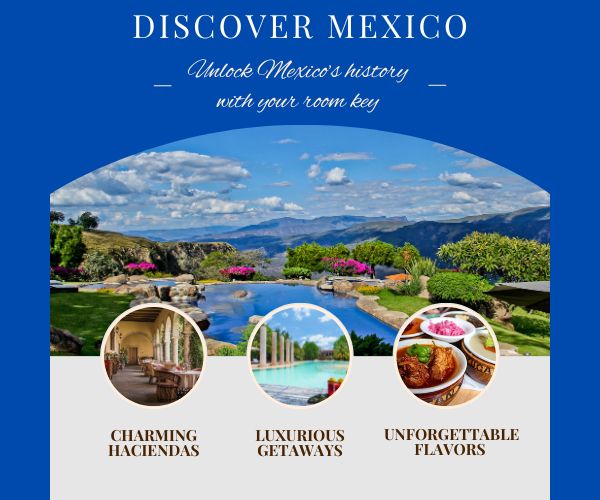Receive for Free - Discover & Explore eNewsletter monthly with advance notice of special offers, packages, and insider savings from 10% - 30% off Best Available Rates at selected hotels.
history
Discover Wellington Hotel & Spa Madrid, which has entertained significant historic figures like Gene Kelly, Ernest Hemingway, and Severo Ochoa.
Wellington Hotel & Spa Madrid, a member of Historic Hotels Worldwide since 2025, dates to 1952.
VIEW TIMELINEIn the heart of Madrid’s historic Salamanca district stands a legendary icon within the Spanish hospitality industry: Wellington Hotel & Spa Madrid. Since its debut during the mid-20th century, this five-star hotel has not only welcomed all kinds of international dignitaries but has also become a living symbol of Madrid’s postwar cultural renaissance. The vision for the Wellington Hotel was first conceived by the ambitious Don Baltasar Ibán Valdés, a prominent transportation magnate who founded the famed Lidia bull ranch. In the aftermath of the Spanish Civil War, Valdés dreamed of creating a luxury hotel that would rival the finest in Europe. Furthermore, Valdés specifically had hoped to develop such a business right within the incredibly extravagant Salamanca neighborhood, celebrated due to its array of historic residents like authors Gustavo Adolfo Bécquer and Juan Ramón Jiménez. He thus commissioned the prominent architect Luis Blanco Soler to design a structure capable of truly embodying a sense of supreme luxury. Soler proceeded to draft a set of brilliant blueprints that ingeniously combined the facades of two earlier buildings with a variety of classical French architectural influences.
When The Wellington Hotel & Spa Madrid finally opened its doors for the first time in 1952, it quickly became a source of optimism for a city eager to reconnect with the world. Indeed, its location on the Calle Velázquez placed it at the epicenter of Madrid’s social scene, being just minutes away from institutions like the Prado Museum, the Thyssen-Bornemisza, and the Reina Sofía Museum. The hotel offered access to a variety of marvelous amenities, further solidifying its status as one of the city’s finest destinations. This reputation came to attract an elite clientele in consequence, especially Spanish bullfighters like Curro Romero, Paco Camino, and Manuel Benitez “El Cordobés” Pérez, who adored its proximity to the Las Ventas bullfighting ring. The hotel’s general ambiance managed to allure illustrious international figures, such as writer Ernest Hemingway, actor Gene Kelly, and Noble Prize-winning biochemist Severo Ochoa. All the while, the driven Don Baltasar Ibán Valdés continued to watch over his beloved hotel with great enthusiasm. This popularity managed to survive Valdés’ death as well, which unfortunately transpired in 1976.
In fact, his family had to oversee the construction of a massive wing meant to accommodate the growing demand for reservations. (Interestingly, the extension was built upon the site of a historic tower known as the “Torreón,” where the renowned writer Ramón Gómez de la Serna spent his final days in Spain before going into exile in Argentina). The Wellington Hotel & Spa Madrid has since maintained its elite reputation, coming to exemplify the best of Madrid’s contemporary artistic soul and cosmopolitan spirit. For instance, the hotel’s Le Max Wellness Club Wellington & SPA offers state-of-the-art fitness and relaxation facilities, including the only seasonal outdoor pool in the Salamanca district. Furthermore, the hotel became home to renowned haute cuisine, including the Michelin-starred restaurant Ricardo Sanz Wellington. Among the hotel’s most remarkable features is its rooftop urban garden, one of the largest of its kind currently in operation. Perched 30 meters above Madrid’s city streets, this verdant oasis includes 14 plots of organic vineyards, vegetables, and fruit trees. But the garden does more than supply fresh produce to the hotel kitchens—it showcases its enduring commitment to sustainability and innovation. As Madrid continues to evolve, the Wellington Hotel & Spa Madrid continues to be a place where history is deeply revered.
-
About the Location +
Madrid is a resplendent metropolis steeped deeply in history, prosperity, and political significance. While the earliest known community in the area dated to prehistoric times, Madrid’s documented history specifically started in the 9th century. Amid the wider Islamic rule of the Iberian Peninsula, Emir Muhammad I of Córdoba ordered the construction of a fortified village on the banks of the Manzanares River around 860 AD. This citadel, referred to as Mayrit (or "place of abundant water"), served as a strategic military outpost that defended the northern approaches to the regional capital Toledo. Despite being a modest settlement, Madrid’s location ultimately made it a valuable target for the neighboring Christian kingdoms. Indeed, King Alfonso VI of Castile captured the city in 1085, integrating it in his ever-expanding fiefdom. The transition from Muslim to Christian governance marked the beginning of Madrid’s transformation into a substantial urban center, although the process was slow at first. In fact, Madrid remained a relatively small town for some time, becoming overshadowed by larger, more influential cities like Segovia and Valladolid. However, the community nonetheless held a unique geographic position, being just a fair distance away from numerous high-density population centers. Its whereabouts would thus play a crucial role in its eventual selection to serve as the capital of Spain—a process that began gradually in the Middle Ages.
For instance, King Alfonso VIII granted the town the status of villa during the 12th century, and it later hosted the Castilian Cortes (parliament) on several occasions not long thereafter. But the most pivotal moment in Madrid’s history occurred in 1561, when King Philip II of Spain permanently moved the royal court to Madrid, effectively rendering it the administrative center of the burgeoning Spanish Empire. (For reference, Spain was the successor state to the kingdom of Castile). Philip II’s decision was driven by Madrid’s centrality, which facilitated rapid communication with the vast imperial territories that Spain governed. Due to the patronage that Philip II and his descendants showed Madrid, the settlement went on to experience a prolonged period of expansion and development that endured for generations to come. Dozens of stunning municipal structures debuted across the community, including the Royal Alcázar, the Plaza Mayor, and several towering churches. Large neighborhoods soon appeared, too, remaking the once remote hamlet into a sprawling city filled with many distinctive residences. The city emerged as a particularly popular destination for writers, painters, and other intellectuals, including prolific thinkers Miguel de Cervantes and Lope de Vega. Then in the early 18th century, a massive conflict known as “The War of Spanish Succession” saw another royal family inherit the Spanish throne.
Remembered as the “Bourbons,” the new monarchs—especially Philip V and Charles III—instituted numerous political reforms that improved the quality of life in Madrid. The Bourbons instituted additional building projects throughout the city as such, with the finest being the Puerta de Alcalá, the Royal Palace, and the current site of the Prado Museum. But as the 19th century dawned, troubling events eventually instituted social upheaval in Madrid. The Peninsular War, part of the greater Napoleonic Wars, brought devastation to the city, which was then followed by a brutal French military occupation that led the residents to organize the failed Dos de Mayo uprising. Madrid then underwent widespread political instability, as the conflict created a power vacuum that took many more years to resolve. Nevertheless, the city continued to grow, as railroads and other important infrastructure enhanced its economic viability. Urban expansion accelerated and more residential districts emerged beyond the medieval walls. Today, Madrid is a thriving global city, home to over 3 million people and is still the cultural heartland of Spain. It balances its rich historical heritage with a forward-looking spirit. Renowned landmarks like the Royal Palace, the Prado Museum, and the Gran Vía coexist alongside cutting-edge architecture, vibrant nightlife, and incredible shopping. Madrid’s journey is truly a testament to Spain’s lasting history and identity.
-
About the Architecture +
When architect Luis Blanco Soler oversaw the creation of the Wellington Hotel & Spa Madrid, he chose an extensive variety of French-inspired aesthetics to craft its appearance. Perhaps the most prominent form he chose to emulate were the motifs present in Second Empire architecture. Also known simply as “mansard style,” Second Empire architecture first emerged in Paris at the height of the reign of Emperor Napoléon III. Born Charles-Louis Napoléon Bonaparte, he was the nephew of the legendary Napoléon Bonaparte of the French Revolution. He rose to power by serving as France’s president before making himself its monarch by the middle of the 1800s. Nevertheless, his reign saw a brief restoration in French national pride that was accompanied by a cultural renaissance that affected everything from the arts to the sciences. One of the areas that saw this development was architecture.
Napoléon III had taken a particular interest in architectural projects at the time, going as far as commissioning the complete redesign of Paris’ central cityscape. He subsequently appointed engineer Georges-Eugène Haussmann for the project, instructing the latter to create a new generation of buildings that could accommodate the city’s swelling population. Largely borrowing design elements from the French Renaissance of the 16th century, Haussmann essentially created a brand-new architectural form that soon defined the appearance of Paris. While the project only lasted from 1853 to 1870, its impact was felt throughout the world for many years thereafter. Haussmann’s new form quickly appeared across France, as well as many other countries throughout Europe, including Belgium, Austria, and England. Furthermore, the architecture quickly emerged in North America, finding a popular audience in both the United States and Canada.
Second Empire architecture was specifically meant for larger structures that could easily showcase its ornate features and grandiose materials. Architects, business owners, and other professionals who embraced the form believed that it represented the best of modernity and human progress. This idea especially found an audience in the Americas, where society was largely perceived to be on an upward path of collective mobility. (In fact, the architecture had become so enmeshed in American society that some took to calling it “General Grant” style). The form looked like the equally popular Italianate-style, in which it embraced an asymmetrical floor plan that was rooted to either a “U” or “L” shaped foundation. The buildings usually stood at two to three stories, although some commercial structures—like hotels—exceeded that threshold. Large ornate windows proliferated across the facade, while a brilliant wraparound porch occasionally functioned as the main entry point.
The porches would have several outstanding columns, designed to appear smooth in appearance. Every window and doorway featured decorative brackets that typically sat underneath lavish cornices and overhanging eaves. Gorgeous towers and cupolas typically resided toward the top of the building, too. Second Empire architecture broke from the Italianate in one major way—the appearance of the roof. Architects always incorporated a mansard-style roof onto the building, which consisted of a four-sided, gambrel-style structure that was divided into two different slopes. Set at a much longer, steeper angle than the first; the second slope often contained many beautiful dormer windows. The mansard roof became a central component to Second Empire architecture after Georges-Eugène Haussmann and his fellow French architects starting using it for their own designs. They had specifically sought to copy the mansard roof of The Louvre, which the renowned François Mansart had created back at the height of the French Renaissance.
-
Famous Historic Guests +
Gene Kelly, actor known for his roles in An American in Paris and Singin’ in the Rain.
Ernest Hemmingway, author known for writing such books like A Farwell to Arms and The Old Man and the Sea.
Graham Greene, an actor known for his roles in movies like Dances with Wolves, Maverick, and Die Hard with a Vengeance.
Severo Ochoa, Noble Prize-winning biochemist known for his work on RNA synthesis and DNA research.
Xavier Cugat, musician and band leader, credited with popularizing Latin music during the early 20th century.
Miguel Gila, comedian known for his roles in such films as The Devil Plays the Flute, The Lotus, Adventures of the Barber of Seville.
Paul Auster, a novelist known for his publications like Moon Palace, The Book of Illusions, and The New York Trilogy.
Curro Romero, prominent Spanish bullfighter known by his nickname “El Faraón de Camas.”
Paco Camino, prominent Spanish bullfighter known to have been carried 12 times through the Great Gate at Las Ventas.
Jaime Ostos, prominent Spanish bullfighter and recipient of the Trophea Manolete.
Rafael de Paula, prominent Spanish bullfighter, whose career has been nationally commemorated by the Spanish Ministry of Culture.
Manuel Benitez Pérez, prominent Spanish bullfighter and culture icon of the mid-20th century, who is remembered by his nickname “El Cordobés.”
Nicolas Sarkozy, President of France (2007 – 2012).

